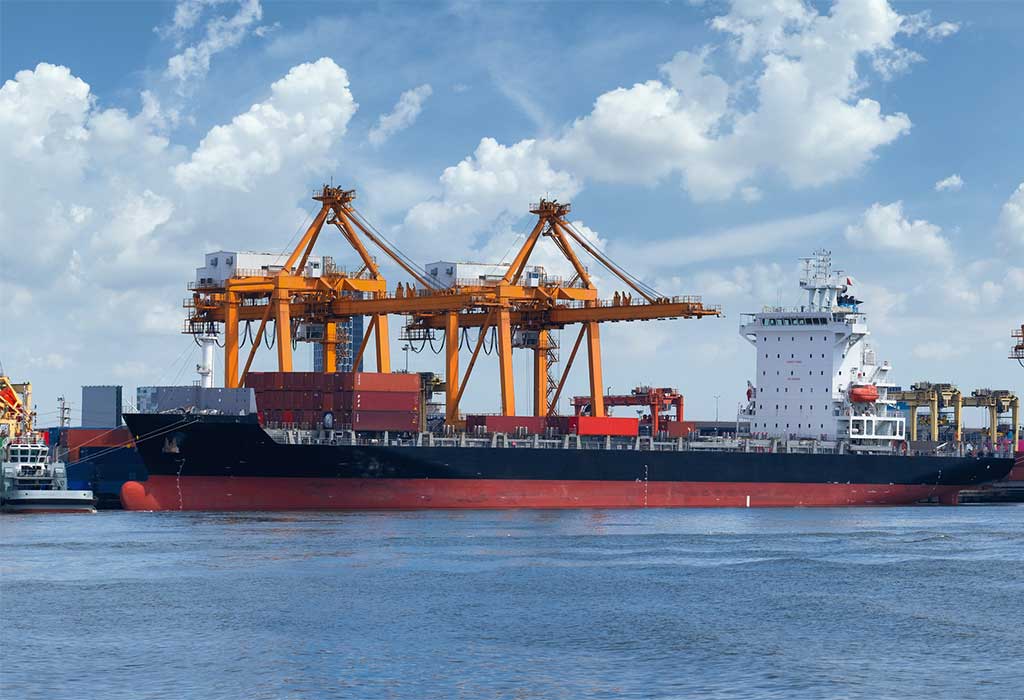
IESE Insight
To global equity markets, the EU’s Carbon Border Adjustment Mechanism looks like another burden for European firms
This EU policy is based on the “polluter pays” principle, but market reactions suggest otherwise.
Europe’s Carbon Border Adjustment Mechanism (CBAM), the world’s first cross-border carbon tax, takes effect in 2026 with the aim of subjecting companies that import carbon-intensive goods into the European Union (EU) to the same tough carbon pricing that firms producing goods in the bloc already face.
The regulation has an important goal of reducing the risk of carbon leakage by ensuring a level playing field between EU and non-EU companies. On the surface, this sounds like a positive development for EU firms.
But a new working paper by IESE’s Marta Alonso, Martin Jacob, Gaizka Ormazabal and Robert Raney finds evidence the regulation may be yet another regulatory burden for EU companies. With other countries (the U.K. and Canada, for example) considering similar legislation, the world is watching closely what the ultimate effects of the CBAM will be.
Since the CBAM hasn’t taken full effect, the researchers looked at equity market reaction to passage of the regulation as a way of gauging expectations of what it will mean for wealth impacts for EU and non-EU companies. The verdict? Not the positive effect you might have expected for EU firms.
CBAM aimed at equalizing the carbon price of imported and domestic goods
The EU CBAM is in a transitional, disclosure-only phase through the end of 2025. Under the CBAM, exporters to the EU in certain carbon-intensive sectors (iron and steel, cement, aluminum, fertilizers, hydrogen and electricity generation) must report the emissions produced in manufacturing their products.
As of January 2026, EU importers of products in these six sectors will be required to buy CBAM certificates to cover emissions imported into the EU. The price of the CBAM certificates will be based on the weekly average price of allowances in the EU Emissions Trading System (ETS) – Europe’s cap-and-trade system. The EU ETS is the oldest and by far the largest emissions trading system in the world. EU firms covered by the system are required to surrender allowances each year to offset their emissions. The EU specifies a cap on the total number of allowances issued and permits trading of allowances to facilitate discovery of a price for emissions (the price that will also be used by the CBAM).
The hope of regulators is that the CBAM will level the cost of emissions for European and non-European producers, making the carbon price of imported goods the same as the carbon price of domestic products. It is meant to avert carbon leakage, i.e., to reduce the temptation to relocate operations away from the EU or to outsource production to non-EU suppliers. At its most ambitious, it hopes to encourage cleaner production practices worldwide by leveraging the power of the EU marketplace to extend the EU ETS price of carbon outside of the regulatory border of the EU.
CBAM impacts low-margin, import-dependent EU firms the most
The research examined how listed firms in the CBAM sectors from 75 different countries responded to three key moments in the regulation’s legislative journey:
- July 14, 2021, when the European Commission proposed the CBAM.
- June 22, 2022, when the EU Parliament adopted its position on the mechanism.
- April 18, 2023, when the EU Parliament voted and passed the CBAM.
The metric used was cumulative abnormal stock returns (CARs) — the difference between the expected return of a stock and its actual return. Stock prices react quickly to new information because investors constantly assess how news will affect a company’s future profits. CARs are a common way to evaluate the impact of news on a stock while controlling for other contemporaneous drivers of stock returns on the same day to better isolate the effect of the news.
Across the board, companies producing or purchasing CBAM products saw a drop in their stock prices around the three key CBAM approval dates, on average. That suggests the market views cross-border carbon pricing (and the related recordkeeping and reporting requirements) as costly for everyone.
But even if the response was generally bearish, European CBAM firms could be expected to fare somewhat better, since the CBAM is intended to level the playing field with their counterparts outside the EU that enjoy looser environmental regulations. That wasn’t the case. Instead, the negative reaction was particularly pronounced for European CBAM firms.
Some of the main conclusions:
- Stock price declines were larger for EU CBAM firms than for non-EU CBAM firms in the same industries; the difference in stock returns around the event dates ranged from 2 to 3 percentage points between the two groups.
- EU CBAM firms with more suppliers from outside the EU experienced more negative market reactions in response to the CBAM than EU CBAM firms with fewer suppliers from outside the EU.
- The bearish equity response was also concentrated among EU CBAM firms with low profit margins (a commonly used proxy for market power).
What’s the market signaling? While there is room for interpretation, it all seems to point to a belief that EU firms will end up shouldering the additional cost of the CBAM rather than passing it on to the polluting producer. EU firms will end up paying more for their imports because they are particularly reliant on non-EU suppliers or because their market power limits the ability to pass the price of imported carbon on to the non-EU firm supplying the CBAM goods.
That should provide food for thought for Brussels. Like many environmental regulations, the CBAM is predicated on the “polluter pays” principle. If the market’s reaction is any indication, it’s European firms that will pay the price, not the non-EU companies generating the pollution.



